Results
-
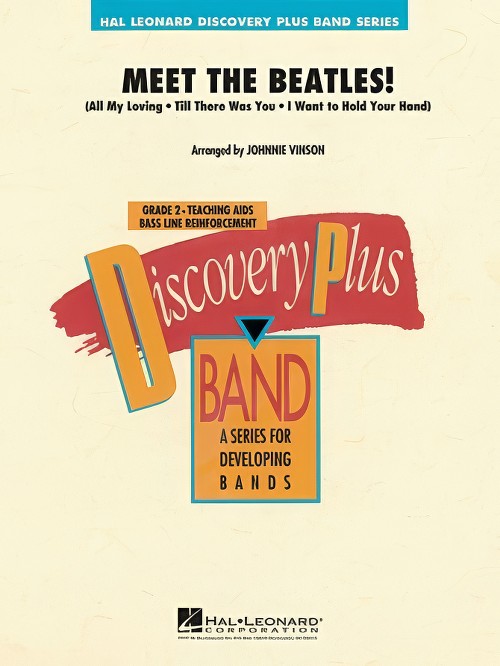 £57.50
£57.50Meet the Beatles! (Concert Band - Score and Parts) - Vinson, Johnnie
Featuring songs performed by the Beatles on the Ed Sullivan Show television broadcast in 1964 and recorded on their first U.S. album Meet the Beatles, here is an exuberant medley for band that demonstrates the excitement and appeal of these early hits. Includes: I Want to Hold Your Hand; Till There Was You; All My Loving.
Estimated dispatch 7-14 working days
-
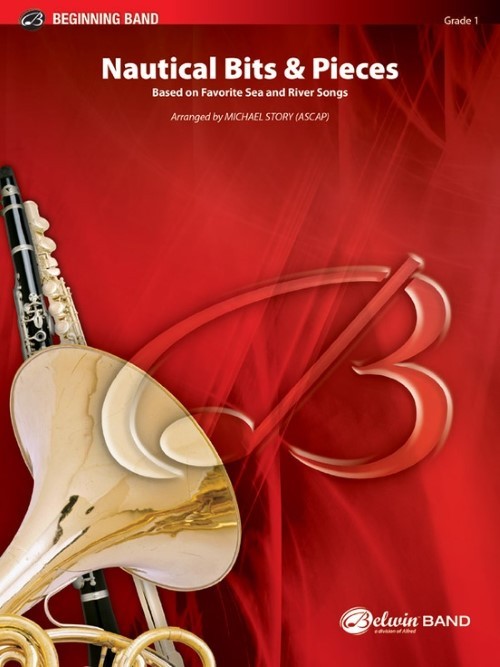 £53.95
£53.95Nautical Bits and Pieces (Concert Band - Score and Parts) - Story, Michael
Based on Favourite Sea and River SongsAs the title suggests, this through-played medley contains short excerpts from eight well-known sea and river songs. Included are "Blow the Man Down," "Spanish Ladies," "My Bonnie Lies Over the Ocean," "Song of the Volga Boatmen," "Sloop John B," "Blow Ye Winds," "Haul Away Joe," and closing with "Anchors Aweigh." All aboard this charming nautical and musical voyage!Duration: 2:45
Estimated dispatch 7-14 working days
-
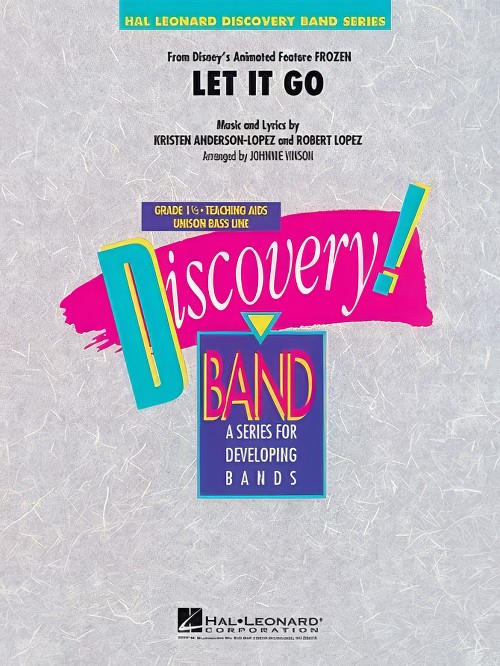 £49.99
£49.99Let It Go (from Frozen) (Concert Band - Score and Parts) - Anderson-Lopez & Lopez - Vinson, Johnnie
Students can't seem to get enough of the magical songs from Disney's blockbuster movie Frozen. Here is the hit single Let It Go in a version that's playable by your younger players.
Estimated dispatch 7-14 working days
-
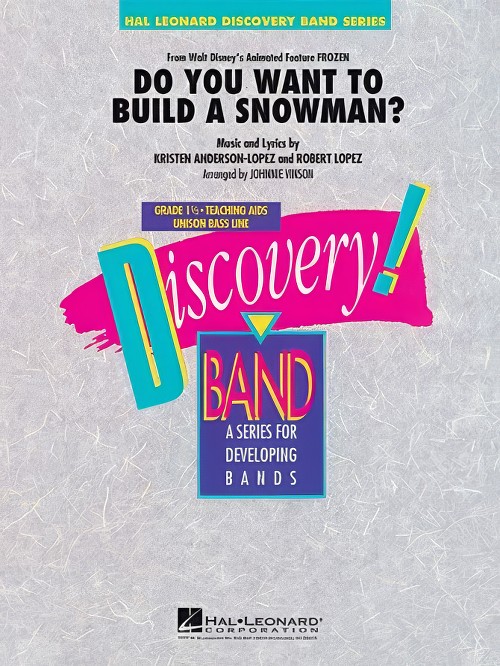 £39.99
£39.99Do You Want to Build a Snowman? (from Frozen) (Concert Band - Score and Parts) - Anderson-Lopez & Lopez - Vinson, Johnnie
One of the most popular songs from the hit movie Frozen, here is a skilfully arranged version for young players that's easy to learn and still maintains all the flavour and charm of the original.
Estimated dispatch 7-14 working days
-
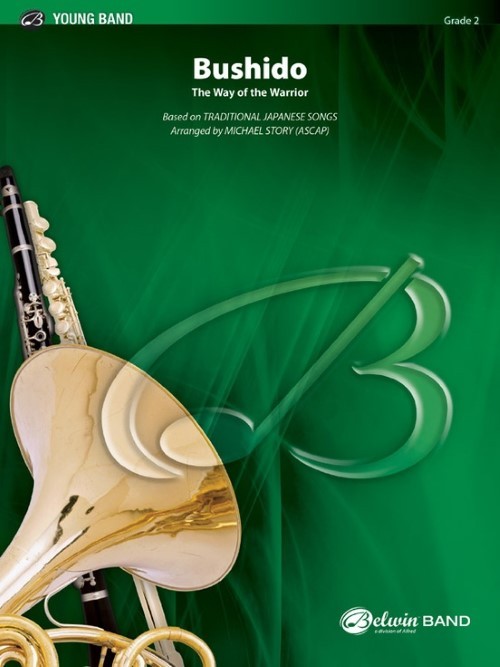 £60.50
£60.50Bushido (The Way of the Warrior) (Concert Band - Score and Parts) - Story, Michael
A stunning setting of three traditional Japanese songs that have been seamlessly interwoven in this robust arrangement. Translated, the title refers to the code of ethics embraced by Samurai warriors for centuries. These three melodies are intended to inspire courage, respect, honour, frugality, loyalty, and honesty. A noble musical message suitable for any performance or instructional environment.Duration: 3:30
Estimated dispatch 7-14 working days
-
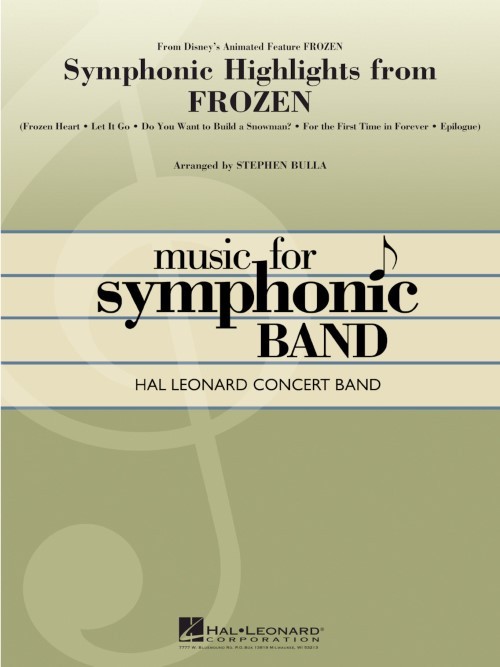 £76.99
£76.99Frozen, Symphonic Highlights from (Concert Band - Score and Parts) - Anderson-Lopez & Lopez - Bulla, Stephen
Using segments from the soundtrack in addition to the familiar hit songs, Stephen Bulla has created a dramatic and exciting medley showcasing the best musical moments from this hit movie.Includes:Frozen HeartDo You Want to Build a Snowman?For the First Time in ForeverEpilogueLet It Go
Estimated dispatch 7-14 working days
-
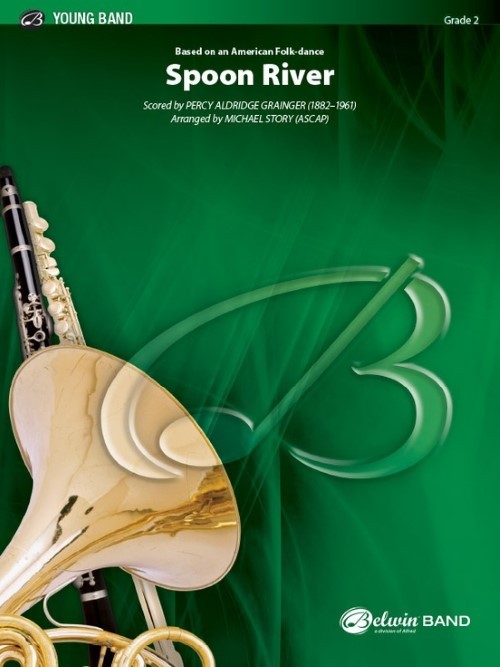 £57.00
£57.00Spoon River (Concert Band - Score and Parts) - Grainger, Percy Aldridge - Story, Michael
Percy Grainger's love of folk songs continues to serve concert bands well. This setting of a cherished piano solo he crafted in the early part of the 1900s permits the teaching of opposing articulations in a very musical setting. This dance-like melody will be well received in any performance.Duration: 2:30
Estimated dispatch 7-14 working days
-
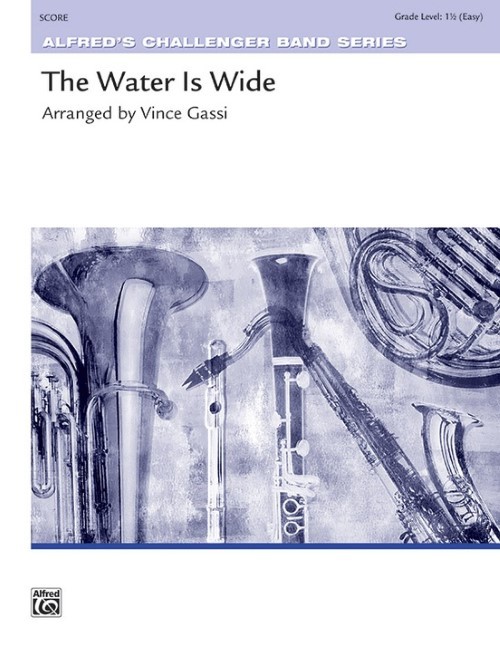 £49.95
£49.95The Water is Wide (Concert Band - Score and Parts) - Gassi, Vince
Although the lyrics for this folk song date back to the 1600s, it wasn't until 1906 that the song was published in Folk Songs from Somerset. The simple melody and placid harmony provide a great opportunity for your young musicians to explore expressiveness in their performance. This poignant arrangement will lift your audience emotionally.Duration: 2:30
Estimated dispatch 7-14 working days
-
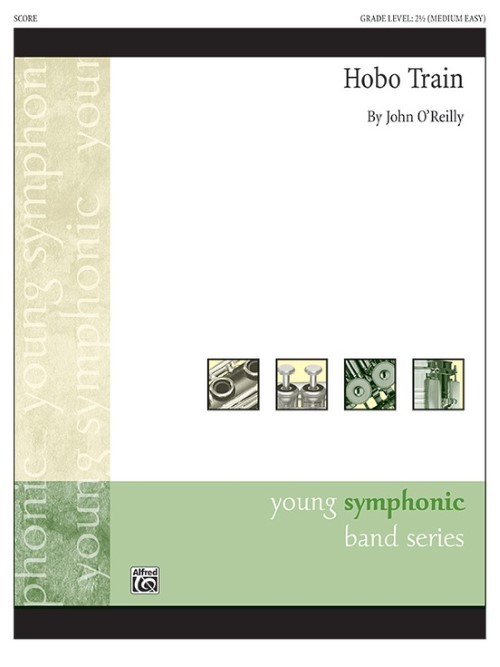 £56.50
£56.50Hobo Train (Concert Band - Score and Parts) - O'Reilly, John
Hobo Train reflects on the history of the Original Hobo Band of Pitman, New Jersey with an interesting mix of original material and several railroad songs associated with hobos. Opening with a fanfare based upon I've Been Working on the Railroad a simulated train whistle leads into The Wabash Cannonball and Get on Board. The flute section is featured in a lyrical setting of This Train Is Bound for Glory and the composition ends with a rousing march style arrangement of I've Been Working on the Railroad.Duration: 3:45
Estimated dispatch 7-14 working days
-
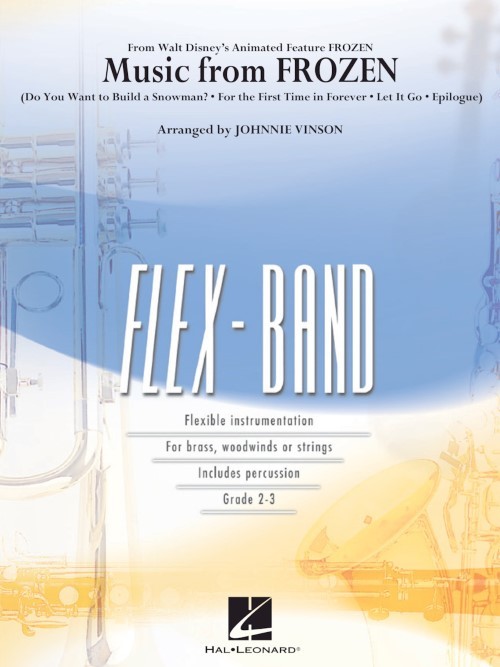 £57.50
£57.50Frozen, Music from (Flexible Ensemble - Score and Parts) - Anderson-Lopez & Lopez - Vinson, Johnnie
From Disney's spectacular animated movie Frozen, here is a medley of catchy songs skilfully arranged for flexible instrumentation.Includes:Do You Want to Build a Snowman?For the First Time in ForeverLet It Go.
Estimated dispatch 7-14 working days
